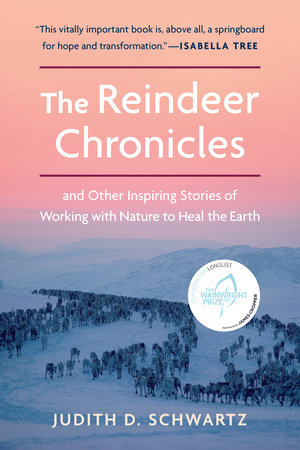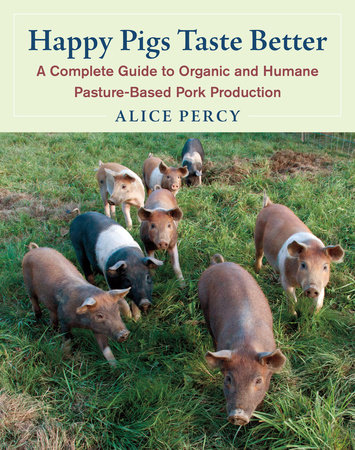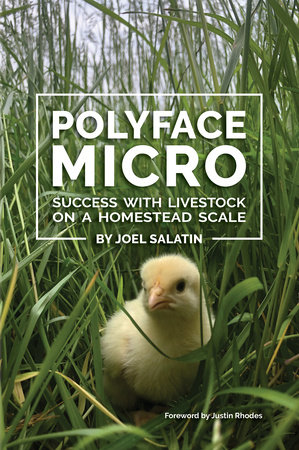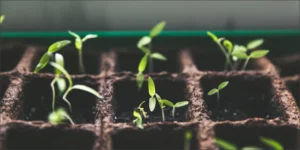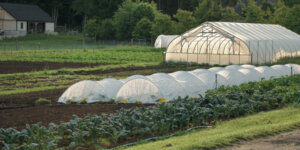A New Kind of Cowgirl

Meat eaters rarely see how the sausage (or in this case, steak) is made. At the New Cowgirl Camp, like-minded women come together to learn how to raise livestock sustainably and change the meat industry for the better.
The following is an excerpt from The Reindeer Chronicles by Judith D. Schwartz. It has been adapted for the web.
At the New Cowgirl Camp, we don’t mess around.
After a quick breakfast around a long, hardwood table—handcrafted by our host Beth Robinette’s husband, Matt—we’re divvying ourselves into cars. We have to rush to get to the cattle area in time to observe the butchering of a cow.

This is a lot to take in. Clearly, there’s no room for squeamishness in this program. “If you don’t like it, you probably shouldn’t eat it,” says my fellow camper Alexandra Machado, who raises goats and produces cheese on two hectares (five acres) in western Washington.
“Ninety percent of our business is custom beef,” says Beth, who represents the fourth generation of her family to steward the Lazy R Ranch in Cheney, Washington. She runs the cattle (and now sheep) operation with her father, Maurice, and a part-time apprentice. “You can kill on-farm. It is more humane.” The team that harvests the cattle comes to the Lazy R about every other week to process two or four from the herd.
Beth wears a red-and-black-checked flannel shirt and jeans, her blond hair drawn high and back. She laments the lack of markets for perfectly good cowhides. The processors are no longer taking them, she says. “The supply chains haven’t been worked out. Like most parts of our food system, it’s disconnected.” At the Lazy R, she says, “we’re using as much of the animal as possible. The hooves are used in gelatins. Organ meat has become more popular. Tongue is popular in the Hispanic community. Heart is not as popular, but some people will take all I’ve got.” Indeed, a short while later a man shows up to collect the tripe, or lining of the stomach, from one of the discard pails. It is the size of a small throw pillow and looks like honeycomb.
Our co-instructor Sandra Matheson says slaughtering has risen in price: “It costs me $2.50 a pound to get the meat USDA-wrapped.” A retired veterinarian, Sandra raises cattle for beef and breeding in the far northwest part of the state, sixteen kilometers (ten miles) from the Canadian border. She also has yaks, and was among the first in the United States to successfully breed yaks via artificial insemination (AI). Compared with beef, she says, “Yak has a mild flavor. It’s leaner and higher protein.” She recently received a USDA grant to develop yak sausage, which she says we will try later in the week. The animals, native to Tibet and the Central Asia highlands, produce both wool and coarse hair “as fine or finer than cashmere.” She says yak babies are cute, but that “a frightened yak is a dangerous animal.” I don’t doubt her.
The cost-of-processing conversation segues to genetics, a hot topic among ranchers. Sandra’s cattle are a Simmental/Angus mix. “I select genetically for marbling on grass,” she says. “I look for natural fatness. We usually butcher at eighteen to twenty-four months.”

Each of us, leaning against the fence or snapping photos with our phones, takes in every word. All these details matter: the processing and supply chains; maintaining herd genetics; how to assess snortiness and danger. For this weeklong workshop is more than a lark, a chance to hang out in a scenic western landscape with like-minded women. For most of the group, it is an initiation to a career working with livestock on the range.
In Beth’s words,“We are assembling an army of cowgirls to change the world.”
Recommended Reads
Recent Articles
Searching for the perfect book to give the homesteader in your life? We’ve got your go-to books for anyone interested in organic growing, permaculture, soil health, year-round growing & more! What’s their next great read?
Read MoreWinter is coming… but that doesn’t mean you should put away those tools just yet. Extend the growing season well past the first frost!
Read MoreThe following excerpt is from Grow a New Garden: Plan, design and transform any outdoor space by Becky Searle. It has been adapted for the web. If you’re not a gardener yet, and you have never unashamedly added horse manure to your Christmas list, you might be tempted to skip this chapter. But even if…
Read MoreLiving in a colder climate doesn’t mean you need to give up on more fragile plants. By preparing plants for the winter, you’ll set them up to survive and thrive.
Read MoreGrow leeks all year round with tips from gardening expert Eliot Coleman. Get ready for a bountiful harvest and grow leeks all year round!!
Read More

